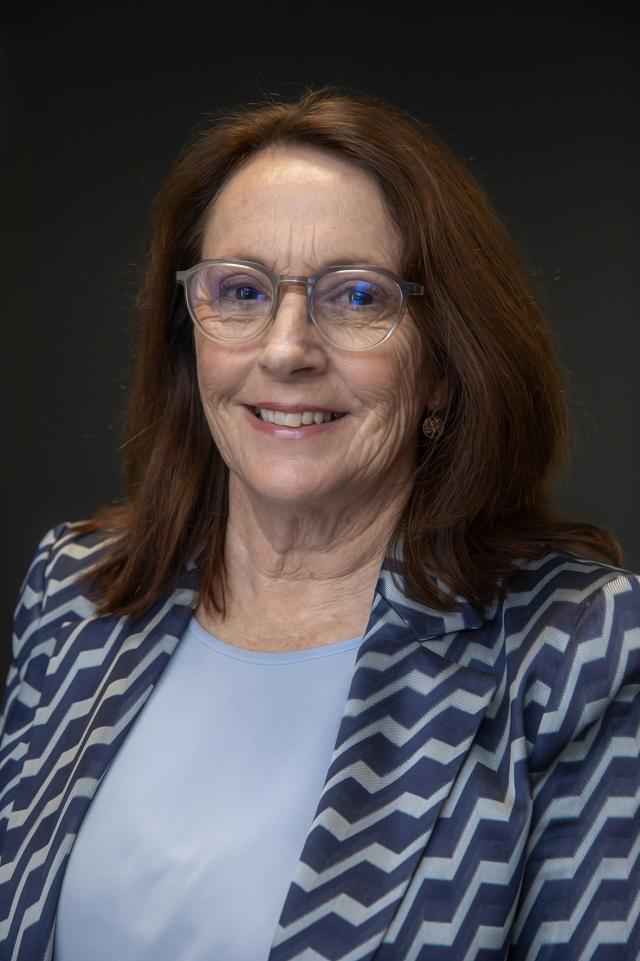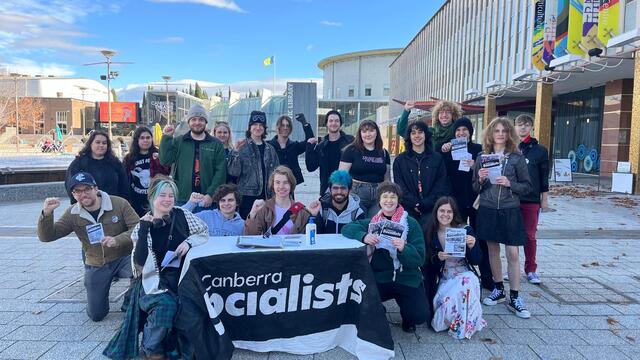The 2014–2015 federal budget has been supportive of road construction and repair, however many in the local government sector are lamenting the loss of multiple funding sources.
In particular, the decision to freeze the indexation of Federal Assistance Grants (FAGs) has left councils missing an expected funding boost.
FAGs were set to increase by an amount proportionate to CPI and population rises over the next four years.
In his recent budget speech, treasurer Joe Hockey emphasised the need for the growth of infrastructure construction and the cuts that would be needed to deliver a budget surplus.
For Local Government, the $350 million renewal of the Roads to Recovery program and a new five-year $300 million Bridges Renewal scheme will benefit councils nationally, and is widely supported.
Mayor Felicity-ann Lewis, president of the Australian Local Government Association (ALGA), said that these programs show that the federal government has not forgotten about the importance of local infrastructure.
“Local Government is responsible for 80 percent of the nation’s roads by length and while investment in major transport infrastructure is important, we cannot afford to forget that almost every journey, whether by car or truck, begins and ends on local roads.
“Councils need help to maintain the first and last mile of our transport network, on which the nation relies for the movement of goods and people.”
Disappointment however has come from South Australian local governments who have seen the loss of the Local Roads Supplementary Funding Program, which equalised national road funding for the state.
Introduced in 2011, the Local Roads Supplementary Funding Program addressed the disadvantage South Australia faces under the inter-jurisdictional distribution of the local road component of the Financial Assistance Grants (FAGs).
“This is a body blow for Councils and their communities,” said Mayor David O’Loughlin, President of the Local Government Association of South Australia (LGASA).
“This funding was pivotal to the delivery of good road infrastructure across South Australia.
“Without the supplementary funding, South Australia, under the current, flawed funding formula receives only 5.5 percent of Local Roads Funding under the Federal Assistance Grants Program whereas we have 11 precent of local road length and more than 7 percent of the nation’s population.
“The supplementary funding brought us up to 7.9 percent of the funding.
“[Former Prime Minister John Howard] then asked the Commonwealth Grants Commission to recommend a fair funding split and in 2006 it said we should get 8.9 percent of the funds.”
Councils in Western Australia are also struggling from multiple financial setbacks, with cuts from both a state and federal level combining with the massive expence expected to come with the planned local government reform of almagamating 30 metropolitan councils into 15.
“It is without question that both the State and Federal budgets reflected difficult financial circumstances that would be expected to impact every aspect of society,” said President of the Western Australia Local Government Association (WALGA) Mayor Troy Pickard.
“However if the community is being asked by government to understand and accept the need for austerity measures then that same arm of government should accept the responsibility for implementation and not attempt to shift blame to Local Government.”
Local Government Association of Queensland (LGAQ) chief executive Greg Hallam said that Queensland local government is expected to forego more than $182 million in extra funding it would have expected to receive from the Commonwealth over the next four years.
“Local councils have done as much as they can to become more efficient so this decision is likely to hit jobs and community projects.
“On top of the increased transport and building costs to councils as a result of the indexation of fuel excise, this Budget is going to be felt by local councils in Queensland and the communities they serve for years to come.
“Rural, remote and Indigenous councils get the double whammy – a freeze on grants at a time when petrol and diesel costs will rise.”
Victoria’s Family Day Care (FDC) service will be hit hard as well, with the Municipal Association of Victoria (MAV) predicting families would need to spend an additional $1700 per year in fees for fulltime care.
The comes from new eligibility criteria for the Federal Community Support Programme (CSP) which was set up to fund FDC operators.
“It was understood this change would only affect new FDC providers, not existing operators,” said MAV President Councillor Bill McArthur.
“However the Commonwealth has decided to rip out the foundations that underpin the whole family day care system, which is a low blow to current operators, families and the children who will all be affected.
“These changes could result in a significant loss of revenue for more than 40 councils if CSP funding is no longer available, as well as potentially reduce the availability of places for families who rely on the service.
“The MAV has worked hard at supporting councils to remain involved as a public provider of family day care as it offers an affordable, flexible early childhood education and care option for local families.”
Over the course of the next four years, New South Wales councils are expected to take a $288 million funding hit also from FAG decreases.
“The freeze on these vital grants will have a significant impact on the lives of everyday Australians who are used to, and expect, quality services, roads and facilities from their local councils,” said President of Local Government NSW Councollor Keith Rhoades.
“Unfortunately the communities hardest hit will be those in rural and regional council areas, which rely more heavily on Financial Assistance Grants due to their small rate bases and extensive road networks.
“These grants are used to maintain a wide range of infrastructure including local roads, bridges, recreation facilities, libraries, cultural facilities, neighbourhood centres and a variety of services to children, young people, the elderly and people with disability.”








